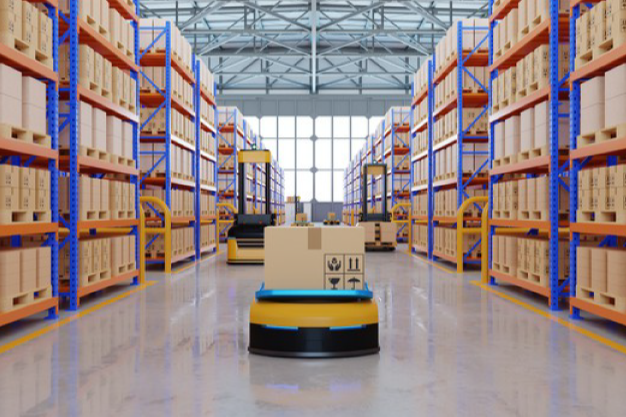The irruption of COVID-19 has completely reshaped the mechanisms of the business world – forcing them to adapt to the new normal. With companies forced to shut down physical operations within a matter of days, the world suddenly looks like ghost town. This has precipitated an abrupt change – organisations have turned to the digital realm to maintain their operations in a bid to salvage their businesses. Schools have been 100% online – relying on digital classrooms with the automated dissemination of information. Grocery stores were closed; everyone flocked to online platforms to shop for their necessities. Even hospitals have turned to telemedicine, using smart healthcare solutions to sustain patient care.
For many businesses, COVID-19 has enabled the restructuring of business operations, expediting the shift towards a digital paradigm in order to continue their business ventures. This exposure has brought a new level of understanding for various businesses: the power of digitalisation is not to be underestimated. More importantly, the technological landscape is now fertile ground for the implementation of advanced – and even novel – Enterprise Resource Planning (ERP) systems.

Smart Manufacturing and Supply Chain Management

Supply chain management is a significant component of the modern ERP system. The internal monitoring of supply movement is essential to prevent a bottleneck – ensuring that other areas of the business can proceed smoothly. This means that real time insight must be gathered effectively and smoothly – obtained through the seamless integration of supplier information, communication, supply forecasting and other relevant areas. Moreover, with more social distancing laws enacted, companies must confidently rely on digitalisation and automation to reduce the number of employees on site – maintaining the robust continuation of supply chain operations.
Human Resource Planning and Finance
Working from home is no longer an anomaly. Employees must adapt to work remotely – with companies providing the right and sophisticated digital tools. With fewer employees, automation becomes vital in minimising losses and keeping the system going.

Adapting to Customer Behaviors and New Trends
